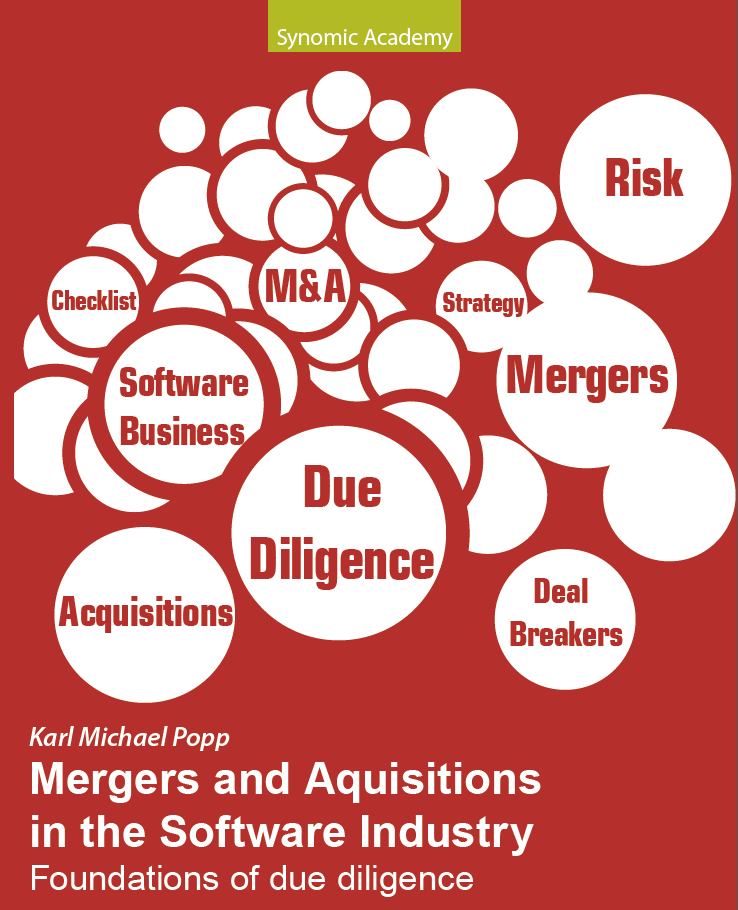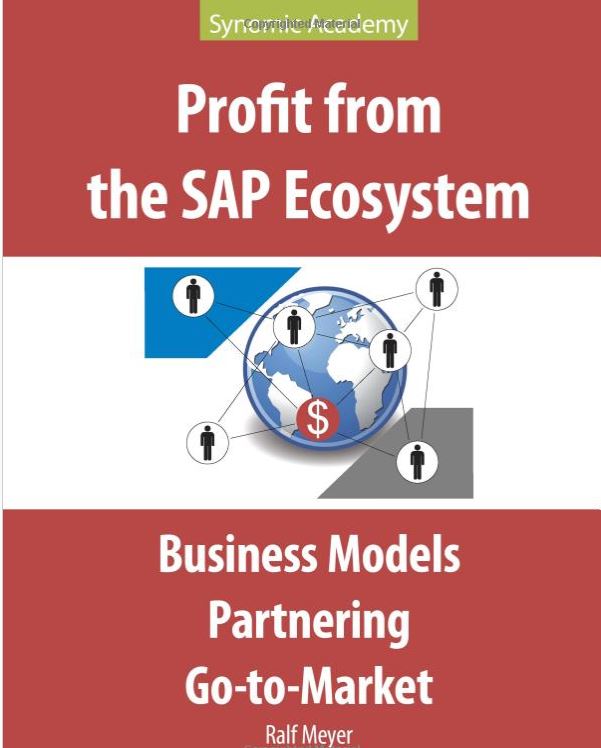Strategy innovation: strategies, business models and blind spots
Strategies, business models and blind spots
Business models and blind spots
In start-ups but also in large corporates, business models are part of strategy discussions. Creating business models using the business model canvas is very popular. But modelling strategy involves looking at the ecosystem of a company beyond partners and suppliers, which are covered in the business model canvas. So, a striking blind spot of the business model canvas is information about markets and competitors.
We will fix this in our model by relating strategy to strategic entities in the ecosystem, like markets, competitors, customers etc. We can already leverage the existing relationships in our data model to describe the link between markets and competitors and business model elements. By doing that, we are able to define what a complete strategy is, and we can define rules to test the consistency of a strategy model.
A strategy metamodel
Modelling of strategies relates to a metamodel created by [Hart12] based on the Semantic Object Model created by Ferstl and Sinz. Here, a strategy consists of strategic assumptions, a hierarchy of strategic goals and corresponding strategic measures.
In a simplified view, you could say that a strategy consists of strategic goals and measures under certain assumptions about strategic entities, i.e. the company, its ecosystem and its business and operational models as well as its capabilities.
Even more, each strategic goal has to relate to strategic entities. To be more precise, all parts of our underlying data model that describe strategic entities are relevant and should be related to strategy and its components.
A strategy is called complete, if all data objects describing strategic entities are covered in strategic goals, assumptions, and measures.
Definitions
Strategic assumptions are descriptions of the current or future state or change of state of strategic entities.
Strategic goals are definitions of the future state of one or more strategic entities.
Measures are linked to strategic goals and define tasks for the implementation or execution of the strategy. Each strategic goal has to have at least one measure.
Stay tuned, more to come. This will be part of my new book









